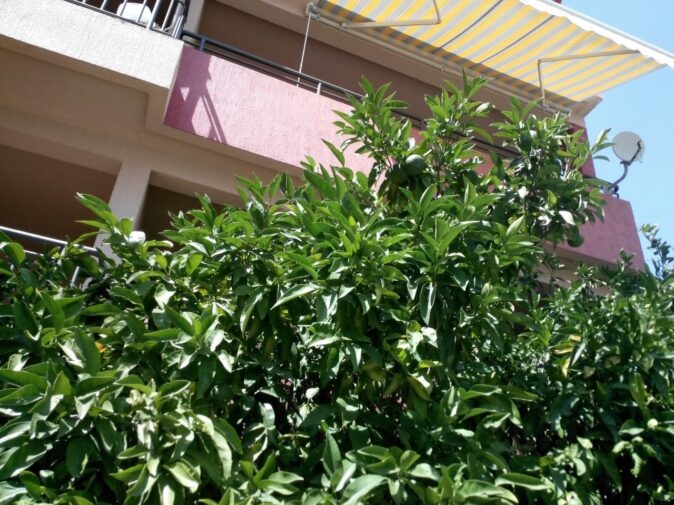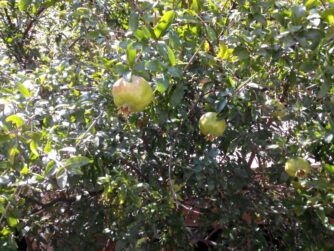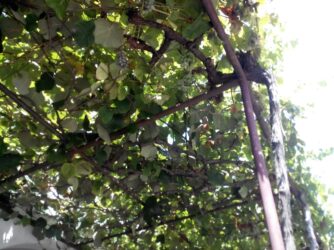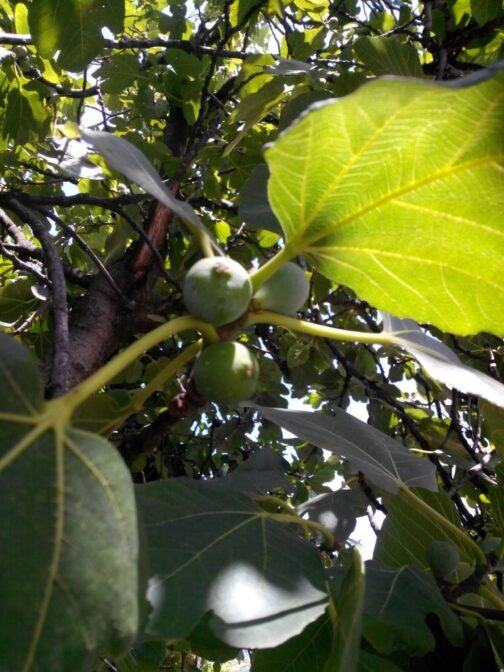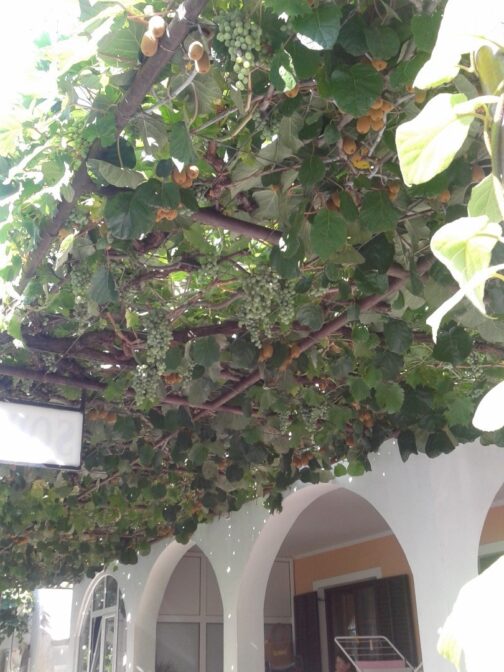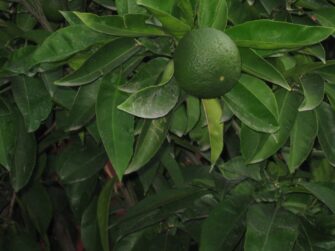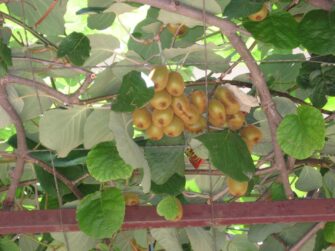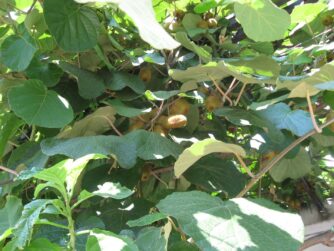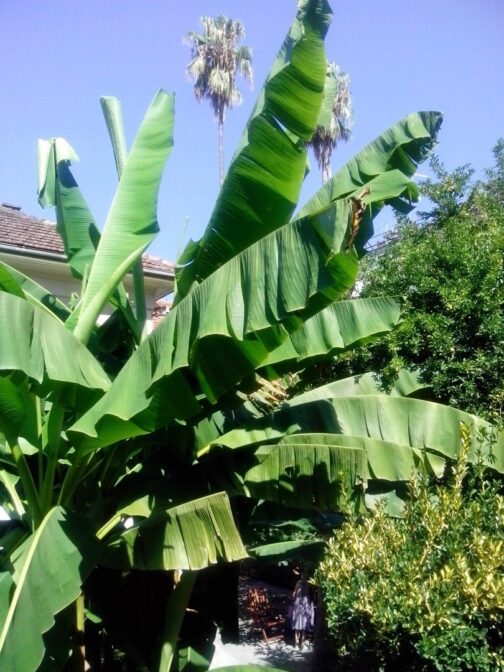When it comes to the berries or fruits in Montenegro, I immediately want to remind you that this is almost the most environmentally friendly country in the world. There is no industry or harmful production here at all. A small aluminum smelter can be found near Podgorica, but it hasn’t been working for several years in a row.
If you buy Montenegrin fruits, you can be sure that they are grown without pesticides, are full of vitamins and are really healthy.
We’ve already talked about food in Montenegro, now let’s talk about fruits.
Fruit prices in Montenegro
If we talk about prices, then they are growing rapidly. This is due to the fact that tourism is actively developing in Montenegro and more and more people come here. Of course, it’s hard to predict, what will change after pandemic, it may be drop in prices, or, on the other hand, a tourist boom, but due to a mild lockdown policy holidays in Montenegro have become even more relevant.
When we were in Montenegro in 2013, the prices seemed quite reasonable to us. In general, they could even be called low.
Last time we were here in 2019. Prices have risen by 1.5-2 times, which still is absolutely acceptable for an ordinary person. Also let me remind you, they’re using Euros in Montenegro.
This article focuses on prices on the coast. In small towns far from the sea prices can be several times lower, in big tourist cities, prices may be higher.
What berries and fruits grow in Montenegro?
Almost all tropical fruits known to us can be found in Montenegro. Well, perhaps pineapples, bananas and coconuts are rare here. Let’s try to list the local fruits and berries (for convenience, we will consider everything larger than an apricot as fruit).
Local fruits:
- figs — 3 euro / kg;
- pomegranate — 2 euros / kg;
- kiwi — 3-4 euros per box in early spring; 3-4 euros per kilogram during the season;
- oranges — in the spring — 0.8-1 euros, about 2 euros during the season;
- apricots — 2-3 euros / kg;
- peaches — 1.5-2 euros / kg;
- nectarines;
- mango;
- apples;
- plums.
Local berries:
- strawberries — from three euros per kilogram, in May — 1.5-2 euros / kg;
- sweet cherries — 3-4 euros per kilogram, in the spring about 2.5;
- cherry — about 4-5 euros / kg;
- grapes — 1-1.5 euros / kg (closer to September); regular price is 3-4 euros;
- watermelons — 0.2-0.5 euros / kg;
- melons;
- raspberry;
- blackberry;
- blueberry;
- mulberry;
- olives.
We couldn’t remember all the prices and we’ll be very grateful to tourists, which will help to complete this list in the comments.
Seasonality of fruits in Montenegro
As in any country, Montenegro has fruit ripening seasons. At this time, they become sharply cheaper (2-3, sometimes up to 5 times), especially if you don’t live in a purely tourist town. So when will local fruits start hitting the shelves at low prices?
Spring
- Kiwi — they will generally be sold in boxes;
- Oranges — they can even be sold in bags.
June
- Strawberry;
- Cherries (closer to July);
- Sweet cherry.
July
- Apricots;
- Pears;
- Peaches;
- Melons;
- Mango;
- Plums;
- Apples;
- Raspberry;
- Blackberry;
- Blueberries;
- Figs.
August
- Ripe purple fig;
- Pomegranate.
Interesting facts about fruits in Montenegro
Imagine for a moment that you are somewhere in the middle of Herceg-Novi. The first thing that will shock you will not be beautiful mountains, not architecture and not even the sea. These will be kiwis growing in huge bunches right on the verandas of the villas. And the experience will be multiplied by pomegranates and limes growing literally everywhere. Yes, the nature in Montenegro is really amazing.
If you find yourself on the Zhanitsa beach, you will not be able to miss the huge olive grove. We, for example, have never seen such a thing.
In Herceg Novi bananas will most likely surprise you. For Montenegro, they are rare, but you may come across the, here.
A little advice for inexperienced tourists
We thought for a long time about should we write this part of the article or not. Still, we’ve no right to indicate something to someone. But then we decided to make it in the form of a warning:
Don’t eat fruits and berries if you think they have gone bad.
We were prompted to write this warning by our neighbours in the villa. In the morning they bought a watermelon. Then they carried it with them all day, and ate it in the evening. The watermelon, of course, seemed spoiled, but they eat it anyway”
Well, it spoiled whole vacation … As a result, almost the entire time they didn’t leave the villa further than 100 meters, they could not even really swim on the beaches. There is nothing to say about excursions.
In general, don’t do that. Montenegro is a very hot country. Fruits can lie on the counter all day long, and if after that you also walk to the beach with them, they can go bad. It’s better to throw away the spoiled ones.
